I Have a Dream

- Courage
- Patience
- Giving Up
- Self-Worth
Values

Struggles

Why Should My Child Read This Book?
“I have a dream that my four little children will one day live in a nation where they will not be judged by the color of their skin but by the content of their character.” These powerful words have come to define the nonviolent movement for civil rights led by Dr. Martin Luther King Jr. On August 28th, 1963, a quarter of a million people rallied peacefully for equality in our nation’s capital, where they witnessed this speech during the momentous event known as the March on Washington.
With Kadir Nelson’s poignant double-page spreads as a backdrop to an excerpt from Dr. King’s acclaimed speech, this book earns our Gold Star as both an excellent introduction to a historic gem in American history and a means to expose our children to ideas worth learning, ideas critical to their upbringing as sound human beings. The full speech is reprinted at the end of the book, allowing older children to read and understand it in its full context.
Today, as our children face an endless deluge of pop-culture icons and social-media influencers, it is incumbent upon parents and educators to direct our children’s hearts towards real heroism, admirable character traits, and ideas and language rooted in our faith.
Note: In order to fully appreciate the content of Dr. King’s speech, it would be beneficial for readers to understand the historical context in which the civil rights movement was born. It is also important to note he uses the term “Negro”—a historic term which may be considered offensive today.

How Can I Use This Book?
- Dr. King calls us all “God’s children” as a reminder that we are all the creation of God, and we are all from the same human family. Muslims use the phrase bani Adam, the children of our forefather, Prophet Adam, peace be upon him, to remind us of the same. When we refer to our relationship with our Lord and Creator, we use the term: God’s slaves, remembering we are under His command. Allah ﷻ tells us in the Quran: “O humanity! Indeed, We created you from a male and a female, and made you into peoples and tribes so that you may [get to] know one another. Surely the most noble of you in the sight of Allah is the most righteous among you. Allah is truly All-Knowing, All-Aware.” (49:13).
- Reflect on Prophet Muhammad’s ﷺ farewell sermon delivered more than fourteen hundred years ago in which he addressed the human being’s tendency to equate outward characteristics, such as race, with rank: “All mankind is from Adam and Eve, an Arab has no superiority over a non-Arab nor a non-Arab has any superiority over an Arab; also a white has no superiority over a black nor a black has any superiority over a white except by piety and good action.”
- Find out more about Dr. Martin Luther King. Who was he? What did he stand for?
- What was the civil rights movement and why was it important? Who were its leaders?
- This is Dr. King’s most well-known speech. What is the main message?
- Older children can be asked to identify the rhetorical devices that make this speech powerful and memorable.
- Reflect on the impact a short but powerful speech can have on the hearts of people. Every Friday during congregational prayer, we are called on to learn through the oral tradition. The art of delivering a succinct yet potent speech is a Prophetic sunnah we can cultivate by engaging with remarkable and momentous speeches.

What’s This Book About?
Anything I need to be aware of?
VIEW FLAGS




